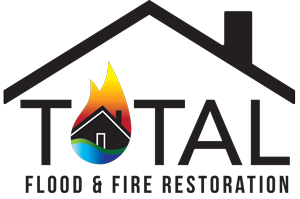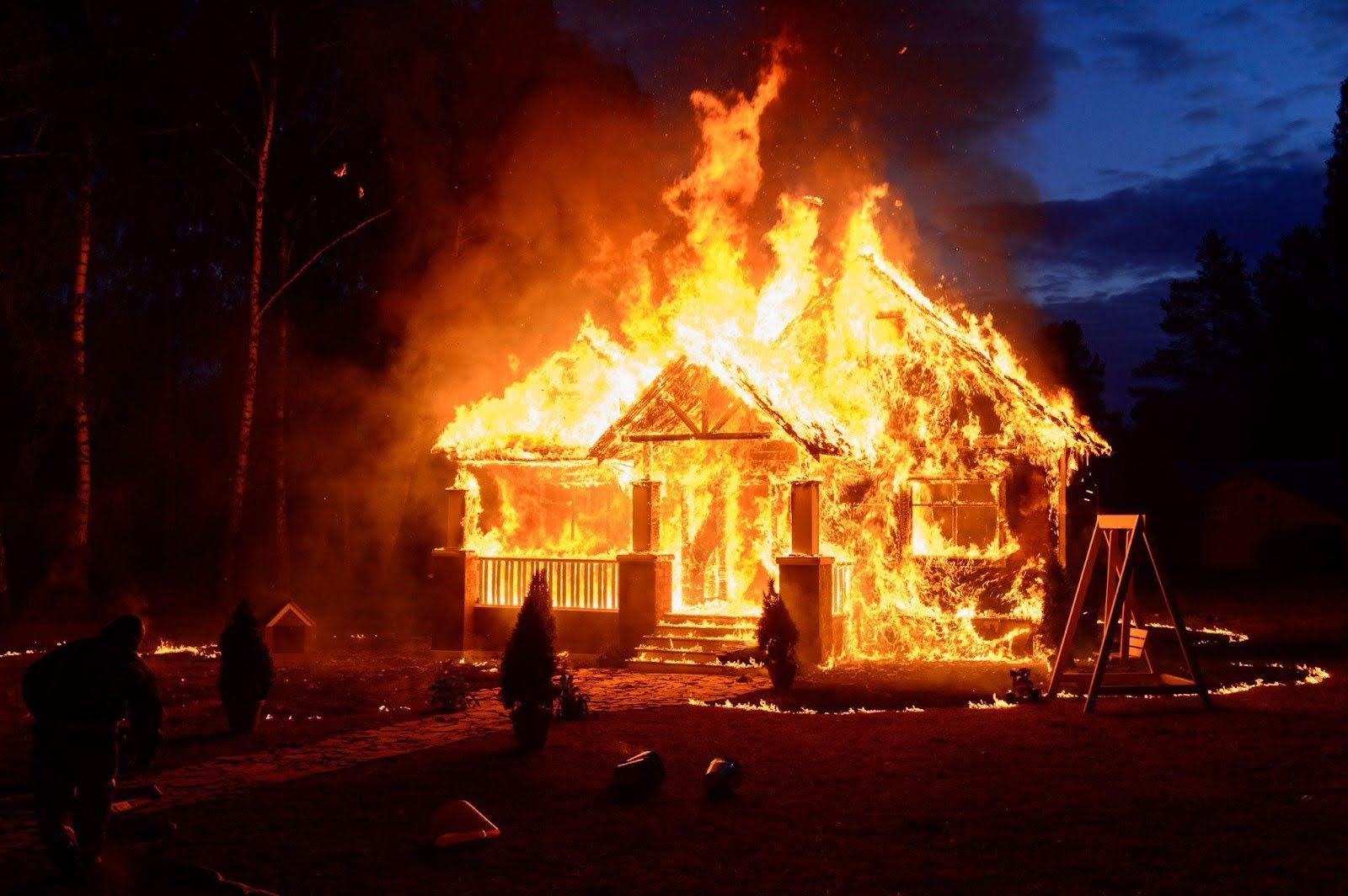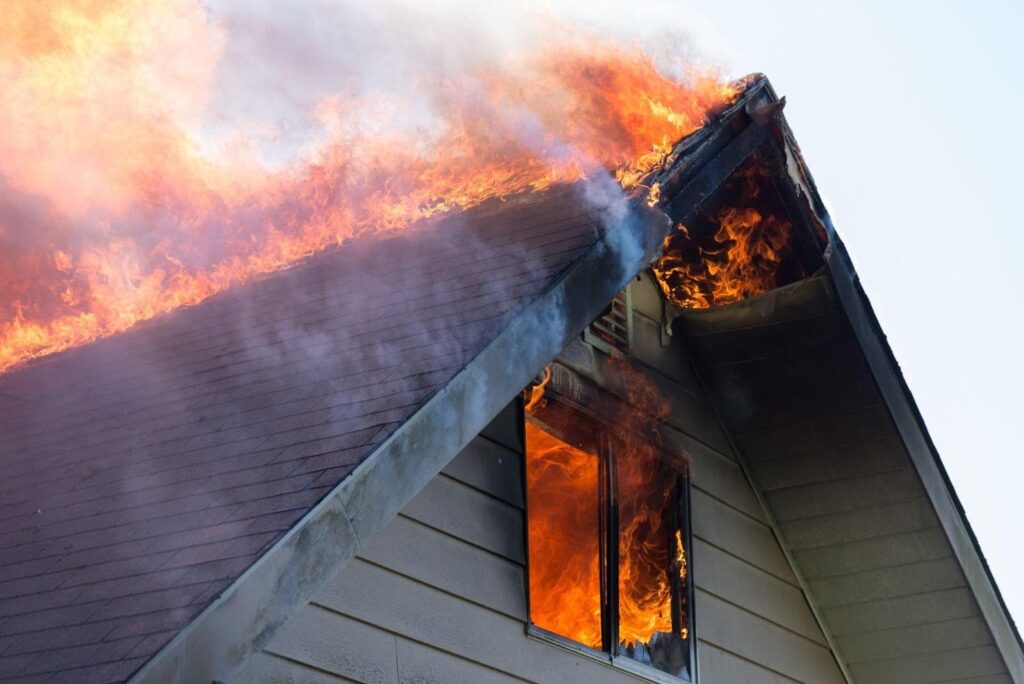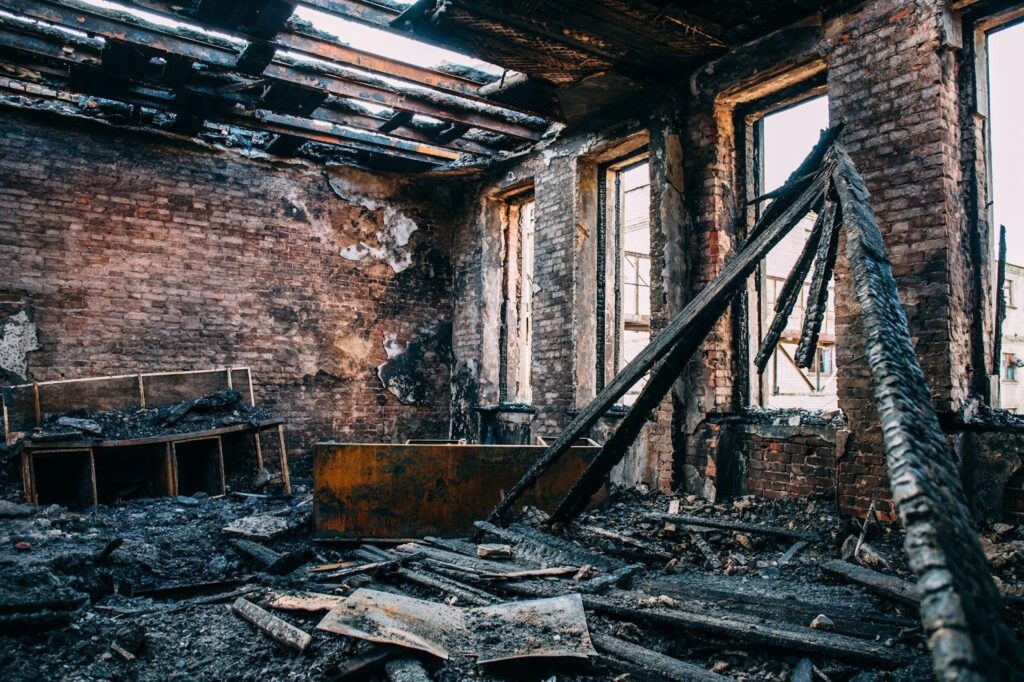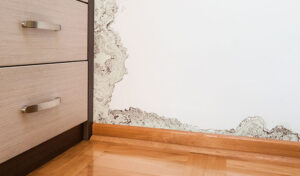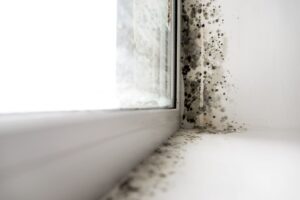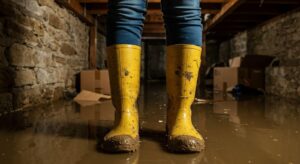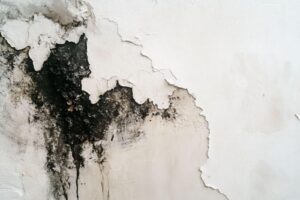A house fire leaves behind more than visible destruction. Intense heat weakens beams, warps walls, and damages foundations, creating serious structural threats long after firefighters leave.
Restoring structural integrity lays the foundation for a full recovery. Professionals inspect every compromised element, remove hazards, and rebuild with precision to ensure safety and stability. Without expert repairs, your home remains vulnerable to future problems.
This blog guides you through the fire damage repair process. You’ll learn how restoration specialists assess structural issues, implement repairs, and restore your home to a safe, livable condition.
Initial structural assessment
Restoration professionals begin fire damage repair by performing a detailed structural assessment to uncover damage that threatens safety. They examine the foundation, walls, framing, and roof for cracks, warping, and compromised materials. Even areas that appear untouched may have absorbed heat or moisture that weakens structural components.
Moisture meters and thermal imaging cameras are used to locate hidden issues behind walls, ceilings, and floors. These tools detect saturated materials and heat-affected zones that require removal or reinforcement.
A thorough inspection lays the foundation for safe, effective rebuilding. It identifies every area in need of repair, reduces future risks, and ensures structural integrity before reconstruction moves forward.
Safety hazards that must be addressed first
Crews begin fire damage repair by eliminating safety hazards that threaten your home’s stability and health. They examine load-bearing walls, beams, and support structures that the house fire may have weakened. If any part shows signs of compromise, they stabilize or replace it to prevent collapse during reconstruction.
Electricians inspect the entire electrical system for melted wires, blown circuits, and fire-related damage. They replace compromised components and restore safe power flow throughout the home.
Restoration specialists then focus on the moisture left behind from firefighting efforts. They remove soaked materials, dry hidden areas with industrial dehumidifiers, and apply antimicrobial treatments to stop mold from growing. By addressing these issues early, professionals protect your home and speed up the rebuilding process.
Demolition and debris removal
Fire restoration teams remove severely damaged structural elements to prevent future hazards and ensure a safe rebuild. When framing, flooring, or ceilings suffer extensive charring or structural compromise, professionals proceed with demolition to eliminate unstable materials.
They remove debris, ash, and contaminated surfaces using specialized tools and protective equipment. When necessary, teams strip affected areas to the studs, exposing hidden damage and preparing the space for repairs.
Crews collect and dispose of hazardous fire waste according to safety and environmental regulations. This process eliminates health risks, reduces lingering odors, and creates a clean foundation for restoring the home.
Structural repair and reinforcement
Restoration teams rebuild your home’s framework by replacing damaged framing, roofing, drywall, and insulation. They follow strict safety codes to restore strength and structural integrity.
Contractors reinforce foundations and support beams using concrete, steel brackets, or additional bracing. These reinforcements stabilize the structure and prevent future issues.
During reconstruction, they use fire-resistant materials such as treated lumber, non-combustible insulation, and fire-rated drywall. These upgrades improve fire safety and help protect your home from future damage.
Smoke and soot remediation
Smoke infiltrates porous materials like drywall, insulation, wood, and upholstery, embedding odors and contaminants deep within your home. These particles cling to surfaces and compromise indoor air quality long after the fire ends.
Restoration crews clean soot using specialized tools and methods. They wipe hard surfaces with chemical sponges, apply degreasers for stubborn buildup, and vacuum fine particles using HEPA-filtered equipment. When surfaces absorb smoke deeply, technicians seal them with odor-blocking primers to prevent future odors.
To restore fresh, breathable air, professionals deodorize the space using ozone treatments, thermal fogging, and hydroxyl generators. They purify the air with industrial scrubbers and carbon filtration systems, removing toxins and lingering smoke. This approach fully eliminates hazardous residue and helps your home feel safe and livable again.
Timeline and what to expect during repairs
Several key factors determine the repair timeline after a house fire. The extent of structural damage, material availability, permit approvals, and required inspections all influence the restoration schedule. Major damage often requires weeks or months of coordinated work, while smaller repairs may wrap up faster.
Stay in close contact with your insurance adjuster and restoration team throughout the process. Adjusters review reports, approve estimates, and release claim funds. Contractors manage multiple crews to handle demolition, framing, electrical work, and interior rebuilding. Strong communication keeps progress steady and prevents avoidable delays.
Request a detailed project plan from your contractor. Review milestones, track updates, and schedule walkthroughs to stay informed. When you remain engaged and organized, you help keep repairs on schedule and regain control over your home’s recovery.
Working with restoration professionals
Hiring certified fire damage experts accelerates recovery and safeguards your investment. These professionals understand the complexities of structural restoration, smoke remediation, and code compliance. Their training and experience allow them to identify hidden issues, recommend effective solutions, and complete work to industry standards.
Before hiring a restoration company, ask the right questions. Inquire about licenses, certifications, insurance coverage, and years of experience with fire-damaged homes.
Request references, review online testimonials, and evaluate their responsiveness and professionalism during the initial consultation. Make sure the company provides a detailed estimate, a clear scope of work, and a project timeline in writing.
Experienced restoration professionals protect your home’s structural integrity and ensure each repair meets local building codes. They follow safety regulations, use advanced equipment, and document their process for insurance claims. By choosing the right team, you reduce stress, avoid costly mistakes, and restore your home with confidence.
Preventing future fire damage
After restoring your home, focus on prevention to reduce the risk of another disaster. Smart upgrades and consistent maintenance protect your structure and provide peace of mind.
Install modern safety systems to detect and suppress fires early. Equip your home with interconnected smoke alarms in every bedroom, hallway, and on each level. Test them monthly and replace batteries twice a year.
Add fire sprinklers to critical areas like kitchens and utility rooms to contain flames before they spread. During repairs, choose fire-rated materials — opt for non-combustible siding, tempered glass windows, and fire-resistant insulation for added protection.
Keep your home safe with routine upkeep. Clean dryer vents, chimneys, and HVAC ducts to prevent buildup. Store flammable materials in proper containers away from heat sources. Inspect wiring, outlets, and breaker panels regularly to catch electrical hazards early. Trim vegetation and clear debris from around your home to reduce wildfire exposure.
Total Flood and Fire Restoration is ready to help
When you’re ready to begin the restoration process, trust Total Flood and Fire Restoration. Our certified professionals deliver expert craftsmanship, fast response times, and compassionate support when you need it most.
Whether you’re dealing with smoke damage, structural repair, or full home restoration, our team ensures your space is safe, secure, and built to withstand future threats.
Don’t leave recovery to chance — contact Total Flood and Fire Restoration and take the first confident step toward rebuilding your home and peace of mind.
